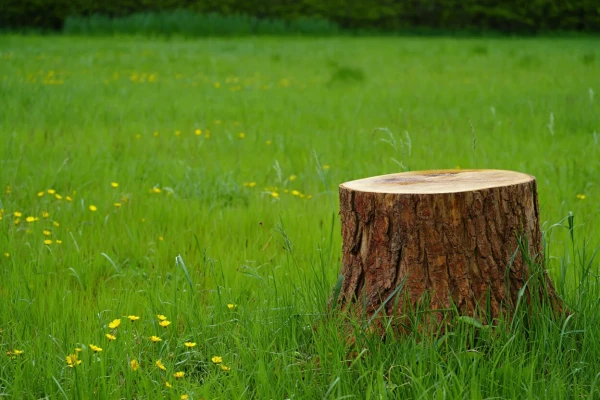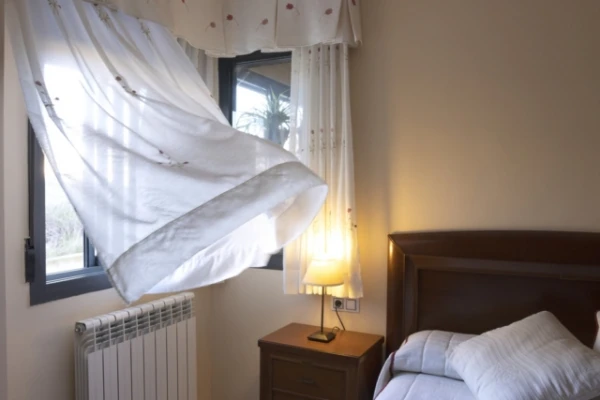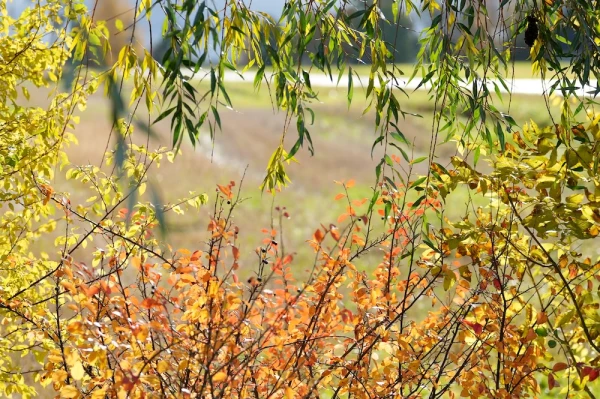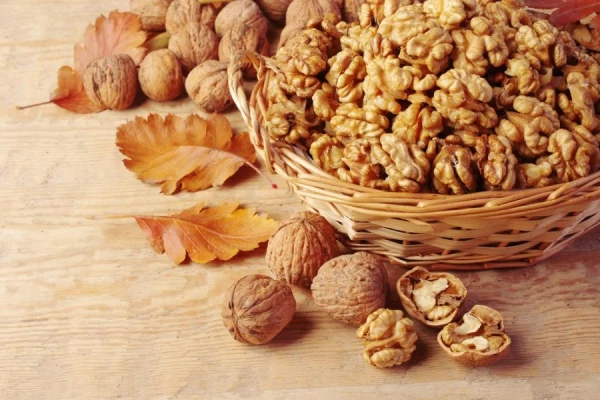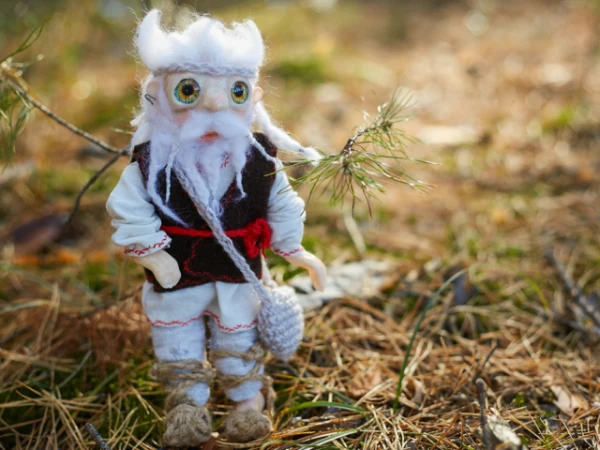
October 17 in folk tradition is celebrated as Yefrem's Day, also known as Leshygon. This day is closely associated with preparations for winter and is linked to many customs and signs.
Customs and Traditions:
Preparation for the Cold. On this day, our ancestors began to insulate their homes and retrieve warm clothing, as it was believed that after Yefrem, winter "puts on its fur coat". Housewives aired out winter clothes and footwear to prepare for the approaching cold.
Yefrem's Tincture. Traditionally, by this day, men prepared a strong herbal tincture called "Yefrem's". This was a tincture of various herbs (mint, oregano, St. John's wort, and others) that served as a means of warming during the winter cold.
Departure of Leshy. According to popular belief, on October 17, leshies and other evil spirits go underground until spring, so the day is called "Leshygon". To protect against the leshy, homes were decorated with garlic and onions, and people tried to avoid going into the forest without necessity.
Prohibitions:
One should not go into the forest, as it is believed that a person may get lost due to the influence of unclean forces.
It is not advisable to celebrate weddings, as marriages contracted on this day were considered unhappy.
Signs:
The signs "on Yefrem" are closely related to predicting winter weather:
If wild geese fly away on this day, autumn will end and frosts will begin.
Birds fluffing up on branches herald bad weather and strong winds.
If it snows, there will be exactly 40 days until real winter.
Thus, October 17 symbolizes the end of autumn and the beginning of preparations for winter. The day is filled with both practical traditions related to household chores and folk beliefs associated with spirits and natural signs.
